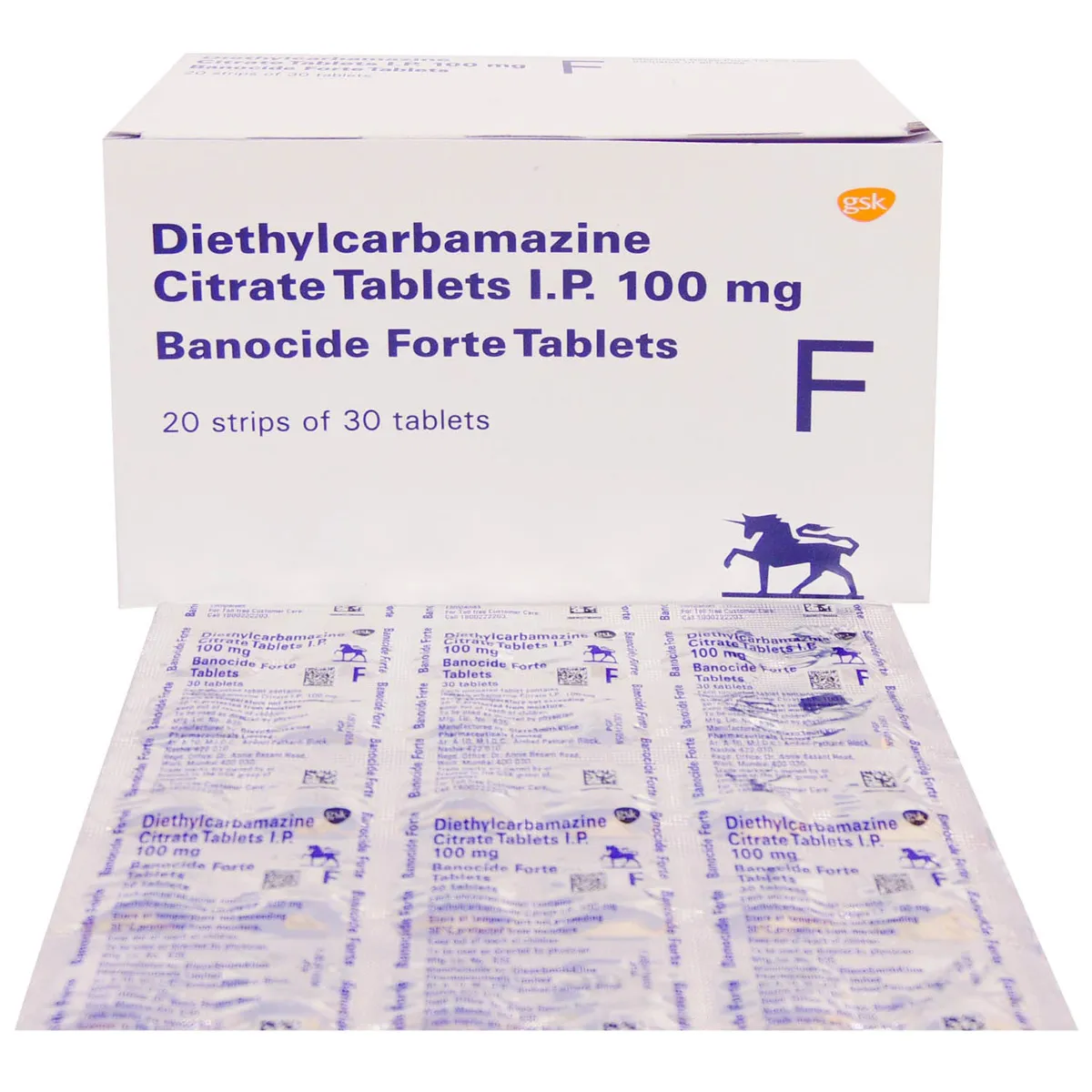Cardiology is challenging and regularly introduces new techniques and technologies. As a result, the billing services for cardiology need special understanding to keep up with changes in reporting requirements.
Cardiologists work in various conditions, handling intensive bloodwork and invasive procedures. The charges for their services depend on where they are provided, such as a hospital, private clinic, or same-day surgery center.
Cardiologists can benefit from outsourcing billing services to maximize revenue. This helps compile accurate claims using detailed physician notes. Outsourced billing companies also need to be familiar with CPT codes and cardiology-related codes and comply with HIPAA regulations.
Before discussing updates and best practices for cardiology medical billing, it’s important to note that there are twenty-six new CPTs and eleven updated codes. Additionally, there have been four hundred and fifty changes in the ICD-10-CM coding system.
Changes in Cardiology Codes
Medical billing services can use the codes below for the leadless pacemaker.
The new code 33275 covers imaging guidance, removing a permanent leadless pacemaker through a catheter, and revising the right ventricle. If you’re looking for end-to-end medical billing outsourcing, choose a company that stays updated on new procedures. Ask if they currently serve cardiologists.
For example, code 33275 includes imaging guidance like fluoroscopy, venous ultrasound, ventriculography, and femoral venography. It also covers removing a permanent leadless pacemaker through a catheter and revising the right ventricle.
There are four new codes (33016, 33017, 33018, and 33019) for pericardiocentesis, and code 33010 is removed from the list.
Revised Codes
In 2021, there are important changes in medical billing and coding for Cardiology. Each year, some codes get revised, adapting to the administrative billing load.
Last year alone, over 450 codes were modified. Cardiology is a sensitive field, and as new treatments and innovations arise, medical billing services need to adopt new codes for accurate claims.
Here are some revised codes for specific procedures:
- 197.64 – Postprocedure seroma of a circulation system organ following a circulatory system procedure
- 122.8 – Subsequent posterior transmural myocardial infarction (Q wave) (acute)
- T81.11 – Postprocedural cardiogenic shock
- T46.4X – Angiotensin-converting-enzyme inhibitors
Changes to Cardiology ICD-10 Codes: Find Nearby Medical Billing Services for Success
Some small changes in the cardiology ICD-10-CM codes can impact how well medical billing services work. For example:
New codes for Cerebral Infarction (I63)
• Code 89 – For cerebral infarction.
• Code 81 – For cerebral infarction caused by blockage or narrowing of small arteries, including lacunar infarction.
Cerebrovascular Disease (I67) Now Has a New Subcategory
• Code 858 – For other types of hereditary cerebrovascular diseases.
• Code 850 – For cerebral autosomal dominant arteriopathy with subcortical infarcts and leukoencephalopathy, including CADASIL diagnosis.
So, if you’re looking for a top-notch medical billing company nearby, just search ‘medical billing services near me’ on Google to find the best companies for your practice.
Now, let’s talk about the best billing practices that cardiologists or medical billing services can use to see great results in their financial records.
Effective Medical Billing Tips
Use Accurate Codes
Avoid mistakes in documentation and claims to protect your reputation and finances. Incorrect practices can lead to audits and increased expenses. Regularly check for errors and outdated methods that may disrupt the revenue cycle.
Utilize Electronic Health Records (EHR)
Electronic Health Records help collect and maintain patients’ data accurately. For complex procedures like cardiac ones, precise documentation is crucial to avoid missing important codes.
Combine Codes for Precision
ICD-10 codes include combo codes that describe a patient’s conditions. Medical billing services should know how to use these codes correctly. For example, code ‘0’ is specifically for hypertensive heart disease with heart failure.
Document Diagnostic Procedures Carefully
Billing services should accurately document diagnostic procedures based on performed procedures, not assumptions. Avoid using false codes and adhere to ICD-10-CM reporting guidelines.
Embrace Artificial Intelligence (AI) for Coding
Medical billing involves a vast number of codes, making it challenging to stay updated. AI can help by automating coding processes, reducing errors, saving time, and cutting costs. Some billing companies are gradually adopting AI for a more efficient future
Effective Medical Billing Tips
Use the Right Codes
To avoid damaging your reputation and finances, using accurate and dedicated codes is crucial. Incorrect documentation and improper claims can lead to audits and increased expenses. Regularly check for mistakes and outdated practices that could disrupt the smooth flow of your revenue cycle.
Electronic Health Records (EHR)
EHRs, or Electronic Health Records, collect and maintain accurate patient data.
Be Precise with Cardiac Procedures
Cardiac procedures are complicated, and accurate documentation is essential. Failing to provide precise documentation may result in missing important codes.
Report Conditions Precisely with Code Combinations
To accurately describe a patient’s health, ICD-10 codes are adapted to create combo codes. Those handling medical billing should understand how to apply these codes correctly.
For example:
• Use 0 for hypertensive heart disease combined with heart failure.
• Use 2 for hypertensive heart disease with chronic kidney disease and heart failure or with stage 5 chronic kidney disease, including end-stage renal disease
Follow Diagnostic Procedures Carefully
When billing services, don’t just assume diagnostic procedures. Only record procedures are done for the symptoms and avoid using incorrect codes.
Ensure the codes match the procedures performed, not just general disease codes. Follow ICD-10-CM reporting guidelines for diagnostic codes in claims.
Artificial Intelligence in Medical Coding
In cardiology medical billing, there are many codes, and each year brings updates, making it hard for new billing services to keep up. But here’s where artificial intelligence (AI) can help.
AI can address issues in medical billing and coding. With an automated system for coding procedures, errors can be reduced. This not only saves time but also money for physicians.
Another improvement is the auto-correction of wrong codes. When the system detects an error, it corrects it, similar to how a Word file highlights misspellings.
Though not everyone has embraced this innovation, billing companies are slowly moving towards a future where AI becomes essential.
Final Thoughts
Your health can influence the money you get back from insurance. It might cost more if you have other health problems along with your main one (comorbidities).
When billing for medical services, it’s important to tell exactly what health issues the patient has. This shows how complicated the case is. When the insurance company knows how complicated it is, they can determine how much it should cost.
Billing for heart-related issues (cardiology) is tough. That’s why many experts hire someone else to do their billing. This way, they can organize all the information and use the right codes. Instead of making mistakes and not getting paid properly, it’s a good idea.









